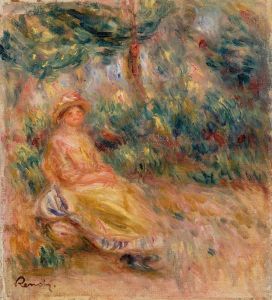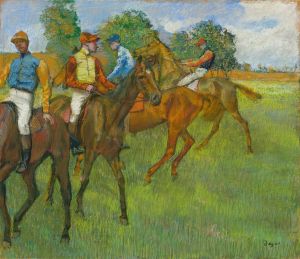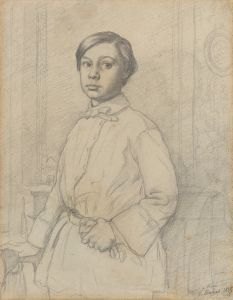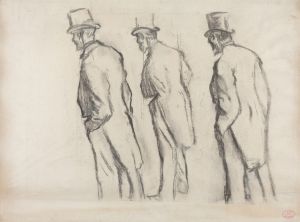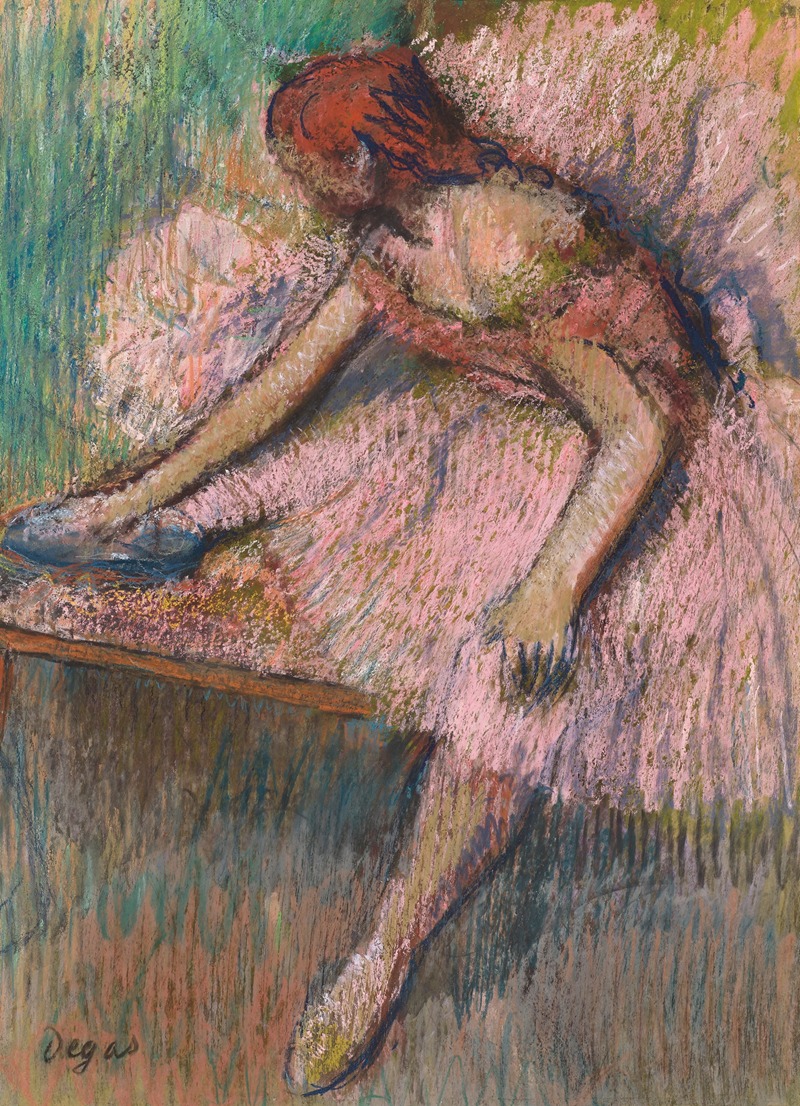
Danseuse rose
A hand-painted replica of Edgar Degas’s masterpiece Danseuse rose, meticulously crafted by professional artists to capture the true essence of the original. Each piece is created with museum-quality canvas and rare mineral pigments, carefully painted by experienced artists with delicate brushstrokes and rich, layered colors to perfectly recreate the texture of the original artwork. Unlike machine-printed reproductions, this hand-painted version brings the painting to life, infused with the artist’s emotions and skill in every stroke. Whether for personal collection or home decoration, it instantly elevates the artistic atmosphere of any space.
Edgar Degas, a prominent French artist associated with the Impressionist movement, is well-known for his depictions of dancers, both in painting and sculpture. One of his works, Danseuse rose (translated as Pink Dancer), exemplifies his fascination with the world of ballet and his innovative approach to capturing movement, light, and the human form.
Degas created numerous works featuring ballet dancers, often portraying them in rehearsal, backstage, or mid-performance. These works reflect his deep interest in the physicality and discipline of dance, as well as his ability to convey the fleeting, dynamic nature of movement. Danseuse rose is one such piece, showcasing a dancer dressed in a pink costume. The painting is rendered in pastel, a medium Degas frequently used in his later years due to its versatility and ability to produce vivid, textured effects.
The composition of Danseuse rose highlights Degas' mastery of unconventional perspectives. The dancer is often depicted in a moment of preparation or performance, with attention to the details of her costume and posture. Degas' use of color, particularly the soft pinks and complementary tones, adds a sense of vibrancy and immediacy to the scene. The background is typically less detailed, drawing the viewer's focus to the dancer herself.
Degas' works, including Danseuse rose, were not merely aesthetic studies but also explorations of modern life in 19th-century Paris. Ballet was a popular subject in the art and culture of the time, and Degas' intimate portrayals of dancers offered a glimpse into a world that was both glamorous and labor-intensive. His approach combined realism with a sensitivity to the ephemeral qualities of light and movement.
The exact date of creation for Danseuse rose is not definitively documented, but it is believed to have been produced during the late 19th century, a period when Degas was particularly focused on ballet-themed works. The painting is part of a broader series of studies and compositions that Degas created, showcasing his evolving techniques and artistic vision.
Today, Danseuse rose is recognized as an example of Degas' ability to capture the grace and effort of ballet dancers. The work is celebrated for its technical skill, emotional depth, and contribution to the Impressionist movement. It remains a testament to Degas' enduring fascination with the interplay of art, movement, and modernity.







